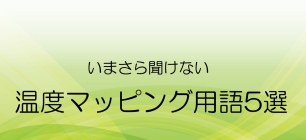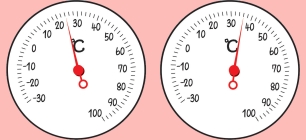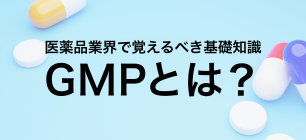共用設備における交叉汚染防止のリスクベース対応とHBELに関するQ&A
QUESTIONS AND ANSWERS ON IMPLEMENTATION OF RISK-BASED PREVENTION OF CROSS- CONTAMINATION IN PRODUCTION AND ‘GUIDELINE ON SETTING HEALTH-BASED EXPOSURE LIMITS FOR USE IN RISK IDENTIFICATION IN THE MANUFACTURE OF DIFFERENT MEDICINAL PRODUCTS IN SHARED FACILITIES’
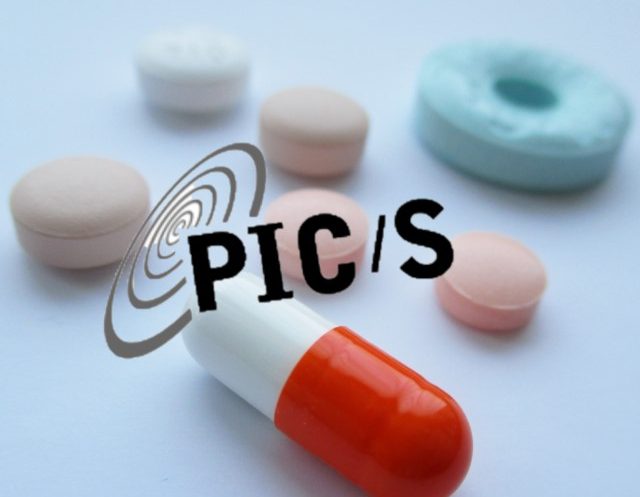
2020年6月、PIC/Sより「共用設備における交叉汚染防止のリスクベース対応とHBEL(Health Based Exposure Limits : 健康に基づく暴露限界)に関するQ&A」の文書が発出されています。
この文書は13のQ&Aで構成され、その序文において「共用設備において、異なる医薬品製造における交叉汚染のリスクを確立するため曝露限界値の設定に基づいて、PIC/Sガイドラインの裏付けとするべく採択されたものである」と記述されています。
記事原文はこちらを参照下さい。
https://picscheme.org/docview/1948

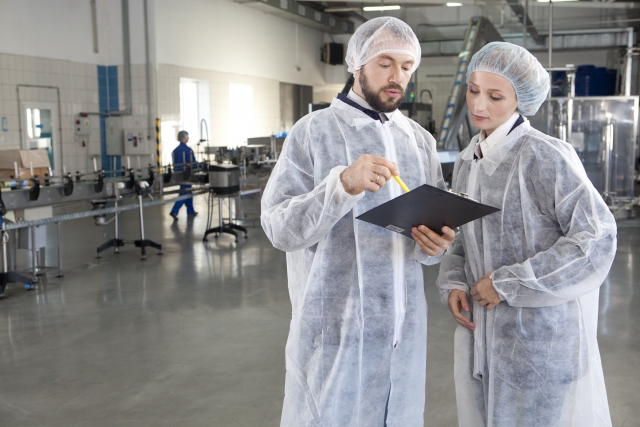
第1章:13のQ&Aより質問部分の抜粋
まずここでは、この文書の概要の紹介として質問文のみを列挙します。
Q1. Are Health-Based Exposure Limits (HBELs) required for all medicinal products?
健康に基づく曝露限度(HBEL)はすべての医薬品に必要ですか?
Q2. Is there a framework that could be used to define the significance of the Health-Based Exposure Limit (HBEL) such that there can be broad guidance on the extent of Quality Risk Management (QRM) and control measures required?
品質リスクマネジメント(QRM)の範囲と必要な制御手段について幅広いガイダンスが得られるように、HBELの重要性を定義するために使用できる枠組みはありますか。
Q3. How should manufacturers use the HBELs?
製造業者はHBELをどのように使用するべきですか?
Q4. What competencies are required for the person developing the Health- Based Exposure Limits (HBEL)?
HBELを策定するにはどのような人材が必要ですか?
Q5. What responsibility do contract givers have to contract manufacturers in relation to data to support a HBEL assessment?
HBEL評価を裏付けするためのデータに関して、委託者は請負製造者に対してどのような責任を負いますか?
Q6. How can limits for cleaning purposes be established?
洗浄目的の限界値をどのように設定できますか?
Q7. Is analytical testing required at product changeover, on equipment in shared facilities, following completion of cleaning validation?
洗浄バリデーションの完了後、共用施設内の機器は製品の切り替え時に分析試験が必要ですか?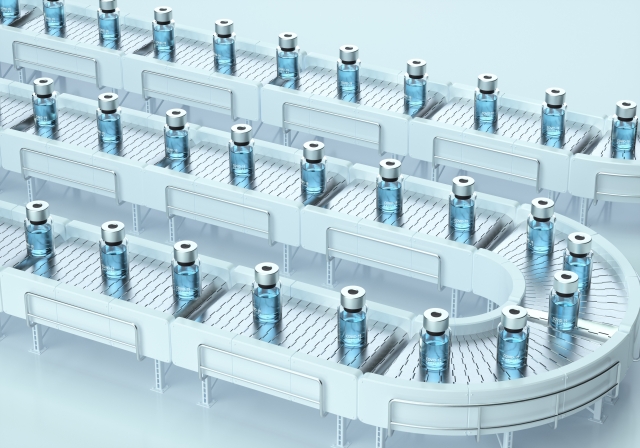
Q8. What are the requirements for conducting visual inspection as per Q&A 7?
Q&A 7に則って目視検査を実施するための要件は何ですか?
Q9. Is it acceptable to simply segregate products of a common therapeutic classification in a dedicated area as a means of controlling risk of cross contamination?
交叉汚染のリスクをコントロールする手段として、大衆薬などの製品を専用区域に単純に分離することは可能ですか?
Q10. Is the use of LD50 to determine Health-Based Exposure Limits for drug products acceptable?
医薬品のHBELを決定するためにLD50の使用は可能ですか?
Q11. Can Ectoparasiticides be manufactured or primary packed in common equipment with other categories of medicinal products for human or veterinary use?
外部寄生虫駆除剤は、人間または動物用の他のカテゴリーの医薬品と共通の装置で製造または一次包装できますか?
Q12. What needs to be taken into account when manufacturing Veterinary Medicinal Products for different species in the same facility?
同じ施設で異なる種の動物用医薬品を製造する場合、何に留意する必要がありますか?
Q13. Should the HBEL be re-assessed throughout the phases of development of Investigational Medicinal Products (IMPs)?
HBELは治験薬の開発段階の中で見直しをする必要がありますか?
第2章:製造業者はHBELをどのように使用するべきか?
それぞれの質問に対する回答は、定型文的な記述がほとんどですが、その中でQ3に対する回答のみ詳細に記述されております。この章ではこの部分のみをピックアップしてみます。
Q3. How should manufacturers use the HBELs?
製造業者はHBELをどのように使用するべきですか?
A: The role of HBELs in determining cleaning limits is explained in Q&A 6. However, the purpose of generating HBELs goes beyond justification of cleaning limits.
洗浄限界の決定におけるHBELの役割は、Q&A 6で説明します。しかし、HBELを生成する目的は、清浄限界の正当化を超えています。
Once the health-based assessment has been completed and the HBEL confirmed, these data should be used via a Quality Risk Management process to determine what controls need to be put in place and to assess if existing organisational and technical control measures are adequate or if they need to be supplemented. This Quality Risk Management process should be carried out prospectively in the case of new equipment/facility to determine what control measures are required.
健康に基づく評価が完了しHBELの確認が完了したら、これらのデータは品質リスクマネジメントプロセスを介して扱わなければなりません。どのような管理が必要かを判断し、組織的および技術的な既存の管理が適切であるかを評価し、必要に応じて補足すべきです。新しい装置/施設の場合には、どのような管理手段が必要かを設定するため、品質リスクマネジメントプロセスを予測的に実施しなくてはなりません。
It is expected that for products which present a higher potential harm to patients/animals, more elaborate organisational and technical control measures will be required. Using a structured Quality Risk Management process, manufacturers should consider the risks of cross contamination down to the established level from the HBEL. During the QRM study manufacturers should consider how easily such a quantity of contamination could occur, without detection, at batch and unit dose level.
患者や動物に対して、より高い潜在的有害性を有する製品については、より緻密な、組織的で技術的管理が必要になります。構造化された品質リスクマネジメントのプロセスを用いて、HBELから確立されたレベルまで製造者は交叉汚染のリスクを検討しなくてはなりません。QRMの検証において、製造者は、バッチおよび服用単位のレベルで検出限界以下の汚染がどれほどの頻度で発生する可能性があるかを考慮する必要があります。
The level of detail in the QRM process should be commensurate with the potential harm as indicated by the HBEL and the suitability of control measures supported by practical and science-based evidence.
QRMプロセスの詳細レベルは、HBELにより示された潜在的有害性および、実務的で科学的な根拠によって裏付けられたコントロール手法の妥当性に見合うものでなければなりません。
Manufacturers should be mindful that cross contamination controls implemented previously may not adequately assure control of the cross- contamination risk in the context of the HBEL approach.
製造者は、今まで行ってきた交叉汚染の管理が、HBELアプローチ上では交叉汚染のリスクを適切に保証できていなかった可能性があることに注意しなくてはなりません。
Additional observation of working practices, investigation and analysis may be required to provide full practical confidence in the effectiveness of controls.
有効性のあるコントロールに対する実践的な信頼性を提供するには、作業慣行のさらなる監視、調査および分析が必要と考えられます。

Where control measures cannot adequately assure that the potential contamination is consistently controlled to a level below that of the HBEL or where scientific data from the toxicological evaluation does not support a controllable risk (e.g. allergenic potential from highly sensitising materials such as beta-lactams) then the products concerned should be manufactured in dedicated facilities.
コントロール手法が、潜在的汚染が常にHBELより低いレベルに抑制されていることを十分に保証できない場合、または毒物学的見地からの科学的データがコントロール可能なリスクをサポートできない(例えばベータラクタムのような高感受性物質によるアレルギーの可能性)場合は、その関連製品は専用施設で製造するべきである。
以上、文書中の一部を抜粋して紹介しました。
なお、翻訳文では完全に意図を汲み切れていない可能性がありますので、必ず原文を併せてご参照下さい。
